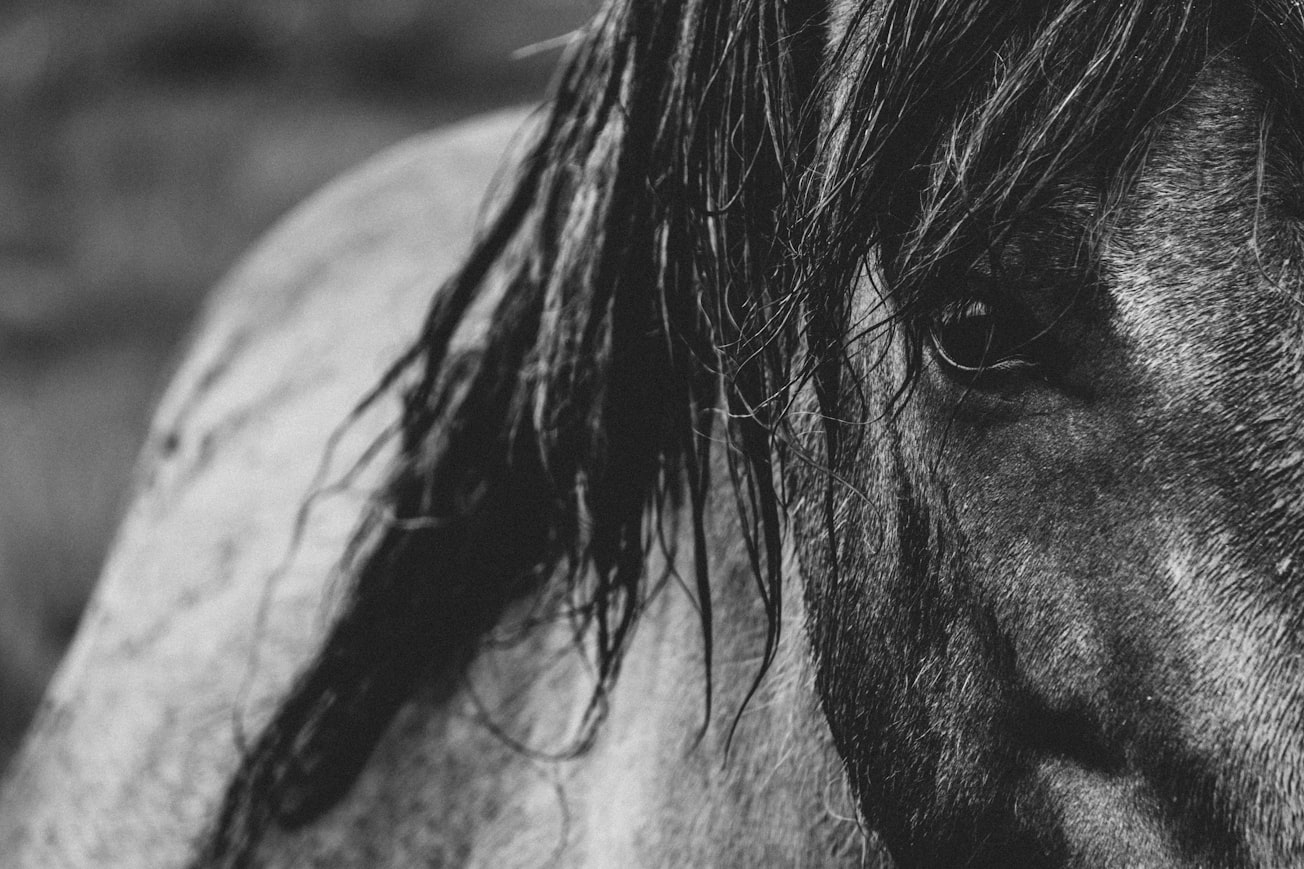What is it about?
This paper focused on determining the role of an equine-assisted therapy Intervention, known as the Eagala Model, in establishing psychological well-being among adolescent living in impoverished communities (townships) in Gauteng, South Africa. A mixed-method embedded research design was used. The results of the study indicated that the intervention increased psychological well-being in the participants.
Featured Image

Photo by Rex Pickar on Unsplash
Why is it important?
Adolescents living in poverty are exposed to multiple stressors such as crime, poverty, and substance abuse, placing them at increased risk of experiencing low psychological well-being. South Africa lacks accessible mental health services that are appropriate for adolescents. Experiential and horse-assisted therapies have been shown in Western countries to be appropriate therapy methods for adolescents. However, there is very little research regarding the role of horse-assisted therapy in promoting psychological well-being in adolescents in under-resourced communities and even less specific to the South African context. This research provides initial support for the choice of horse-assisted therapies for promoting psychological well-being in adolescents.
Perspectives
South Africa offers few psychological services that can be implemented in a community-based setting. Horses are commonly seen around township areas where there is knowledge of horse psychology and welfare. I believe that community psychological services incorporating horses can be accessible and appropriate alternative psychological interventions. Adolescents have been identified as experiencing high levels of mental ill-health with little to no access to psychological services. Interventions that promote well-being in adolescents are essential in facilitating a successful transition into adulthood.
Sharon Boyce
University of Pretoria
Read the Original
This page is a summary of: The Role of the Eagala Model in Promoting Psychological Wellbeing in Adolescents: A Mixed-Methods Approach, Society and Animals, June 2022, Brill,
DOI: 10.1163/15685306-bja10092.
You can read the full text:
Contributors
The following have contributed to this page










